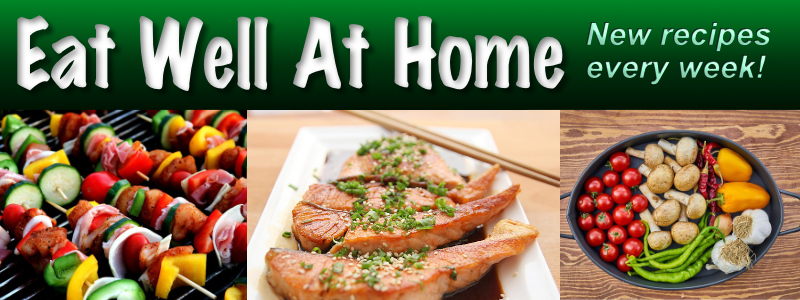
Ready to quit smoking in 2025? Ask your doctor for resources and guidance for quitting tobacco and nicotine.
Photo: Lil Artsy/PEXELS
StatePoint - Looking to improve your health in 2025 and beyond? Check out these recommendations from the American Medical Association:
Make nutritional tweaks: Reduce your intake of sugar-sweetened beverages and processed foods, especially those with added sodium and sugar. Drinking sugary beverages, even 100% fruit juices, is associated with a higher mortality risk, according to a study published in JAMA Network Open. Drink water and choose nutritious, whole foods including fruits, vegetables, whole grains, nuts and seeds, low-fat dairy products, and lean meats and poultry.
Get active: A recent study published in JAMA found that putting down the TV remote and going for a walk can improve healthy aging—highlighting the importance of small everyday habits. Adults should get at least 150 minutes a week of moderate-intensity activity, or 75 minutes a week of vigorous-intensity activity.
Get up-to-date: Get your vaccines in advance of respiratory virus season—including the annual flu vaccine and the updated 2024-2025 COVID-19 vaccine for everyone six months and older, as well as pregnant people. People 65 and older and those who are moderately or severely immunocompromised should receive a second dose of the 2024-2025 COVID-19 vaccine six months later.
RSV can be dangerous for older adults. The Centers for Disease Control and Prevention recommend those 75 and older, and 60 and older at high risk for severe RSV, get vaccinated. Immunizations are also available to protect babies from getting very sick from RSV. This is important because RSV is the leading cause of infant hospitalization nationwide.
If you have questions, speak with your physician and review trusted resources, including GetMyFluShot.org. You can also reduce the spread of respiratory viruses by covering coughs and sneezes, frequently washing your hands, wearing masks, improving air quality, and staying home if you are sick.
Get screened: Make an appointment for preventive care, tests and screenings to help your doctor spot certain conditions before they become more serious.
Know your blood pressure numbers: Visit ManageYourBP.org to understand your blood pressure numbers and take necessary steps to get hypertension under control. Doing so will reduce your risk of heart attack and stroke. If checking your blood pressure at home, visit ValidateBP.org to see if your device has been tested for accuracy.
Learn your type 2 diabetes risk: Take a 2-minute self-screening test at DoIHavePrediabetes.org. Steps you take now can help prevent or delay the onset of type 2 diabetes, which carries a higher risk of heart disease, kidney disease and vision loss.
Drink only in moderation: If consuming alcohol, do so in moderation as defined by the U.S. Dietary Guidelines for Americans—up to one drink per day for women and two drinks per day for men, and only by adults of legal drinking age.
Quit tobacco and nicotine: Ask your doctor for resources and guidance for quitting tobacco and nicotine. Declare your home and car smoke-free to eliminate secondhand smoke exposure.
Follow dosage instructions: When taking prescription opioids or other medications, store them safely to prevent diversion or misuse, and properly dispose of any leftover medication. If you’re prescribed antibiotics, take the full course to prevent antibiotic resistance—a serious public health problem.
Manage stress: Good mental health is part of good overall health. Get sufficient sleep (at least 7.5 hours per night), exercise and ask for help from a mental health professional when you need it.
More health resources and tips can be found by visiting ama-assn.org.
“The best way to address the post-holiday doldrums is to do something good for your health,” said Bruce A. Scott, M.D., president of the AMA. “Even small, positive choices you make now can have a big impact on your long-term wellbeing.”
























